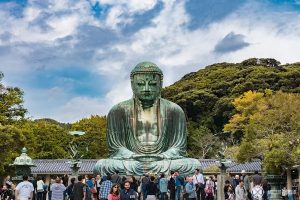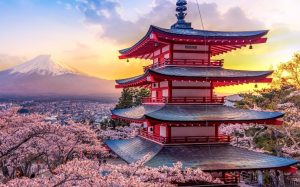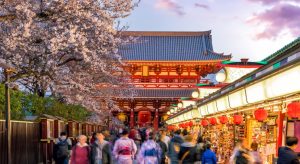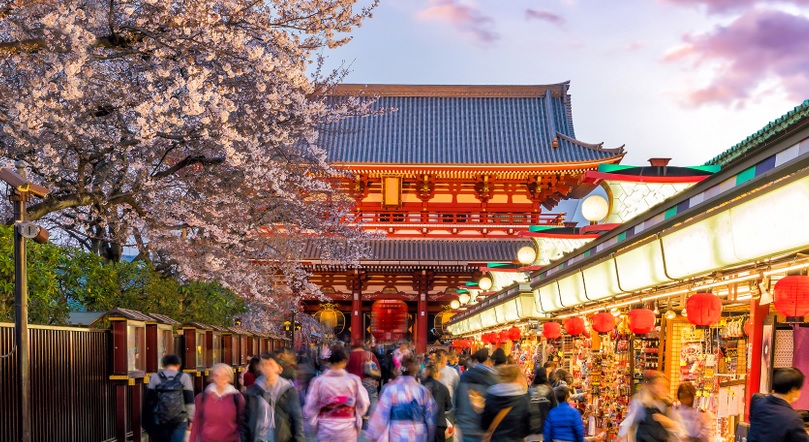Preparing for the Rush: How Japan’s Top Tourist Spots are Getting Ready for Golden Week

The Golden Week holidays are around the corner, and popular destinations in Japan are getting ready for the crowds.
Golden Week refers to a roughly week-long period centered around four national holidays. This holiday break generally starts at the end of April and finishes at the beginning of May.
Since the major pandemic restrictions were lifted, cities like Kyoto, Kamakura, and Mount Fuji have been bracing themselves for the surge in visitors.
Kyoto’s Plan to Ease Crowding:
Kyoto, famous for its temples and historic sites, is facing packed buses, especially along routes to key attractions like the Kinkakuji temple and Kyoto Station.
To alleviate this, the city is offering free transfers from buses to the subway system. During Golden Week, buses will also run more frequently, with direct-service buses planned for June.
Additionally, Kyoto is using live video feeds at Kyoto Station to show tourists which areas are less crowded, helping them plan their visits better.

Kamakura’s Efforts to Manage Crowds:
Kamakura, known for its temples and easy access from Tokyo, has seen a surge in tourists, causing congestion around stations. To address this, English-speaking volunteers are guiding tourists and easing foot traffic. The city is also collaborating with neighbouring Fujisawa and transport operators to manage over tourism.
Mount Fuji’s Restrictions:
Mount Fuji, a popular climbing destination, will limit climbers to 4,000 per day and impose a toll at a midway gate to control crowds. Yamanashi prefecture will also restrict access after 4 p.m. to prevent rapid climbs to catch the sunrise.
Balancing Tourism with Locals’ Lives:
To spread out tourists and ease traffic, Kamakura has set up park-and-ride spots with discounts for users. Similarly, Mount Fuji’s restrictions aim to strike a balance between tourism and local life.

As Japan expects more tourists, these measures serve as examples for other destinations to manage the influx while respecting local communities.







